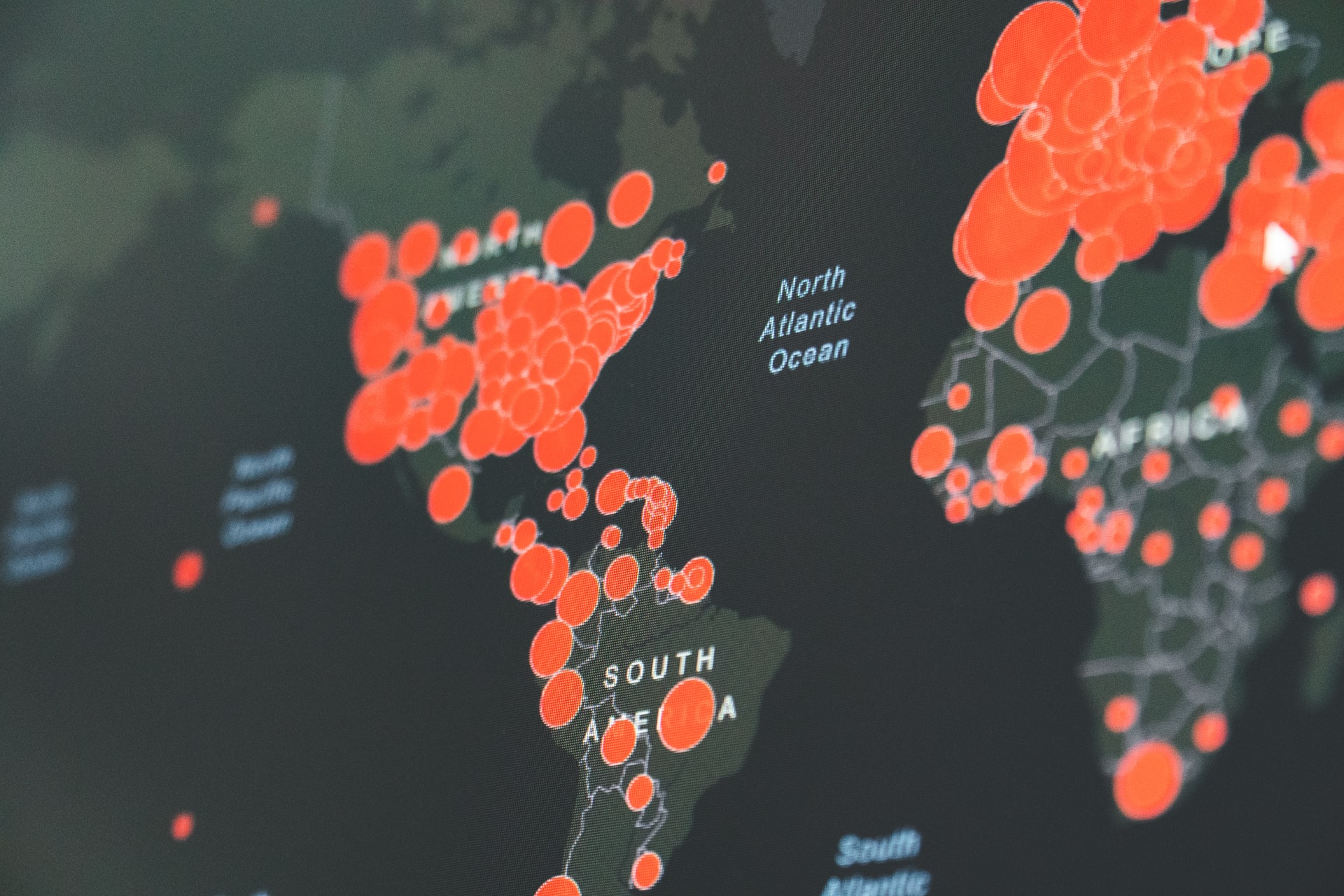Is radiology prepared for a post-COVID-19 imaging surge?
As the aforementioned survey shows, there is some light at the end of the tunnel and volumes are slowly recovering, and radiology departments therefore need to consider how to cope with the aftermath. There is a risk that volumes and workloads will increase rapidly when all the postponed elective exams need to be performed. It will force radiology practices to quickly adjust operations as the pendulum swings in the opposite direction.
In the article “The crisis after the crisis: the time is now to prepare your radiology department”[8], published on April 14, the author Dr. Thomas Kwee, PhD, of University Medical Center Groningen in the Netherlands, says that it is inevitable that a large reservoir of radiologic procedures will accumulate. Dr. Kwee and his group write:
“The backlog of imaging exams that has been put off amid the COVID-19 pandemic will be the ‘crisis after the crisis’.”
They also explain that although there is literature on how to prepare a radiology department for operation during the COVID-19 crisis, the post-crisis situation has not yet been addressed. He is of course looking at it from a Dutch perspective, but most likely the lack of preparation will be similar for practices in many other countries.
The length of time it will take before volumes are back to, and probably above, normal levels, is still not certain. Dr. Forman and Dr. Cavallo mention in their report[9] that radiology departments will see reductions in imaging volumes over a period of least 3–4 months. This will allow time for preparation.
How should radiology departments prepare?
So, how can radiology prepare given a current situation with overcapacity, to a sudden post-coronavirus surge in volumes?
Dr. Forman and Dr. Cavallo advise radiology groups (again, a US perspective) not yet deeply impacted by the pandemic to consider reducing working hours, temporary salary cuts, bonus suspensions, furloughs, and if necessary, layoffs to offset temporary reductions in revenue.[10] Basically, the recommendation is to create a contingency budget.
In addition, they advise practices that are already affected to ensure they make appropriate modifications to their workflows. They should also establish additional hygienic precautions that will allow radiology staff to operate under semi-restrictive conditions that could follow the lifting of total lockdowns. This may require longer hours and reduced staff at any given time.
Furthermore, they mention that one of the most important things is taking care of employees. Cavallo says that any first step in recovery should be to empower staff:
“Furloughs, cut hours and reduced wages have affected many. The first priority for any practice should be to make sure that their workers feel valued and reassured.”
From their US perspective, creating an organizational flexibility to handle both the sudden decline and surge in volumes comes down to being able to more effectively adjust working hours and costs to volumes.
Kwee and colleagues[11] suggest in their report a set of clinical ways to cope with the upcoming imaging backlog when COVID-19 restrictions lift. One example they mention is to use abbreviated MRI protocols:
“MRI represents a large proportion of the total volume of procedures in our department, and is relatively time-consuming. Therefore, current MRI protocols will be replaced with abbreviated MRI protocols when possible.”
They also mention a redistribution of the workload. Some radiology subspecialties will experience higher peak workloads once non-urgent imaging exams resume, so the department could evaluate the reassignment of its staff to those subspecialties, such as x-ray, chest CT, oncologic CT, and abdominal ultrasound.
“Now is the time for radiology to consider how to prepare for further stress on its departments.”
Workload balancing is also mentioned among the Swedish providers[12], highlighting the need to utilize the workflow orchestration functionality featured in their PACS to even out workloads. One radiologist said:


